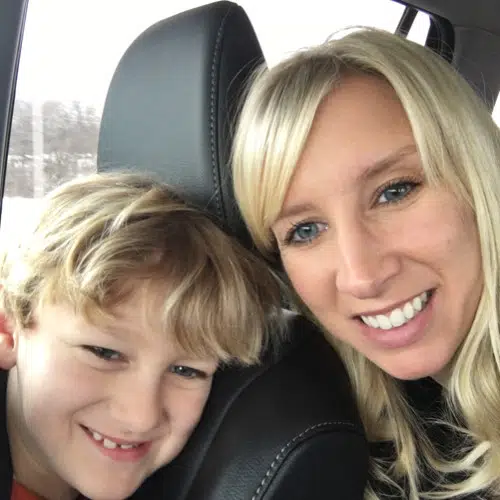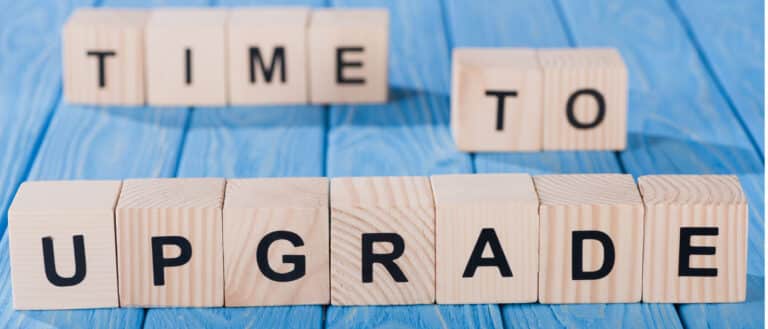How Covid Impacted the US Horse Racing Industry in 2020

As December comes to a close, the horse racing industry is left counting the costs of a nightmarish year. Some of the lowlights include tracks on the brink of collapse, breeders facing a prospect of lower demand for thoroughbreds due to fewer races, jockeys, and grooms struggling to make ends meet due to unemployment, the list goes on and on.
The true scale of the economic damage to the global racing industry may elude us for several years at least. But there are several snapshots of how the coronavirus has affected the business side of racing and the horse breeding industry in the United States.
The True Cost of Empty Stands
The COVID-19 pandemic spared no country’s horse racing industry. In the US particularly, with 30 of the 52 states in some form of lockdown by March-end, we can safely say that US racing scene had some months of zero activity.
While the easing of lockdown restrictions did bring racing back, much to the relief of jockeys, owners, and fans, racecourses still faced a massive challenge – the absence of spectators. Like in any other sport, spectators play a significant role in horse racing as well. But when compared to a sport like football, where sponsorships and TV deals dwarf the impact of gameday revenues, horse racing is far more vulnerable.
Racecourses rely on two main revenue streams, on-course parimutuel wagering, and hospitality. In many ways, they function a bit like movie theatres – sure, the main focus is on the races, but a big chunk of their income comes from selling food and beverages. It is not uncommon to see this account for between 50% – 75% of all income. That is nothing short of a catastrophic level of income loss in 2020 for the venues.
The Impact of Coronavirus on Kentucky
The larger impact of COVID 19 on racing is perfectly illustrated in the experience of Kentucky, where horse racing is a major industry that contributes massively to the regional economy.
Kentucky hosts some of the biggest races in the US sports calendar – the Kentucky Derby and Kentucky Oaks. Together with the accompanying Derby Festival, they contribute an estimated $500 million to the local economy, thanks to the 150,000+ visitors these events attract. In 2020, both the Derby and Oaks were held without any spectators due to the severe COVID situation.
Racing and horses are an integral part of the state’s economic and cultural fabric. Estimates from 2013 indicate that the horse industry (breeding and racing) contributed $3 billion to the state’s economy, generating over 40,000 full-time jobs. Including indirect employment through sectors like tourism (which have also been hit hard by COVID), the industry’s employment impact is much higher at 100,000 jobs.
The role played by the government – a study in contrasts
In the US, there have not been any specific bailout or support packages aimed at the horse racing industry. But the industry can still rely on the relief bills passed by the Congress to support small businesses.
This is important, as the current situation could continue well into 2021. The pandemic is still raging, and the newly unveiled vaccines could take well over a year to start making an impact. In the meantime, experts indicate that social distancing and lockdowns will continue, at least until 2022. It is probably too late to fully save the 2021 racing calendar. In many respects, the financial pain will get a lot worse for many in the industry in the coming year.
Even before the pandemic, horse racing was facing an uncertain future. Increasing pressure from animal rights campaigners, decreasing viewership, and a general decline in the number of races painted a somewhat disturbing picture. The virus could not have come at a worse time.
But there is still some hope for racing. It still has millions of fans across the globe and the contribution it makes to local and national economies is nothing to scoff at. And the reaction from owners and trainers is quite heartening as well.




